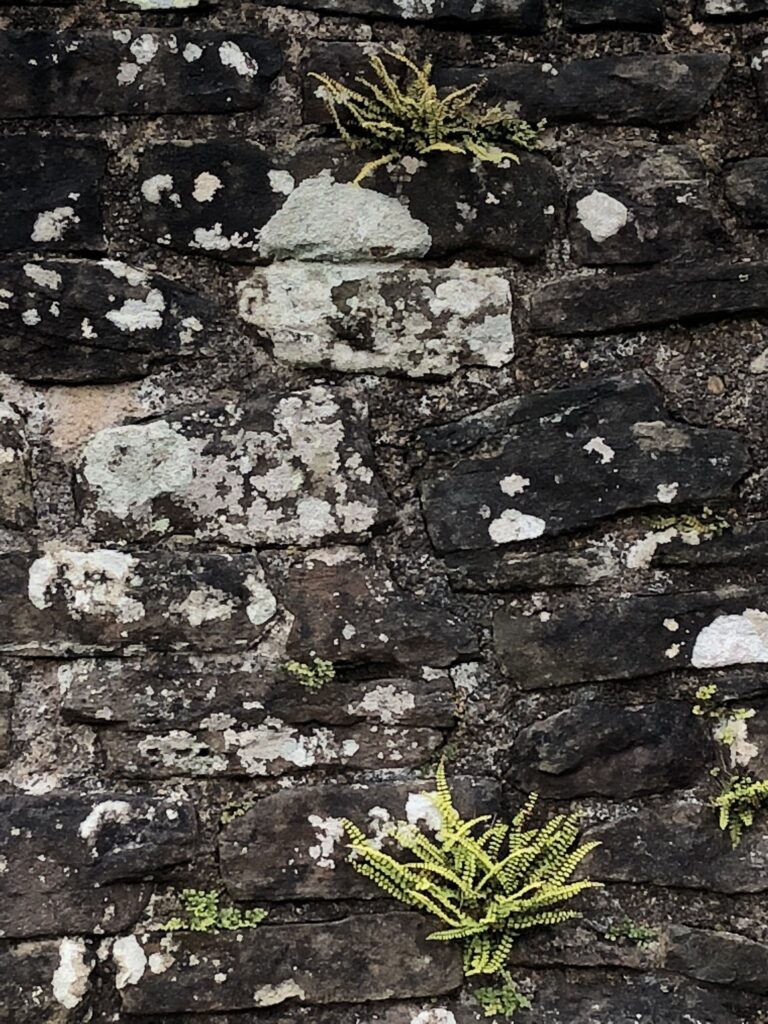Dear Integral Meditators,
This week’s article looks at how to improve your perception and understanding through mindfulness. If you enjoy the article, then do consider coming along to the new monthly astrological class next week, which will be on the subject of ‘Sagittarius – I perceive and understand! It is available as a recording for those not in Singapore who may wish to participate.
Full details of this week’s sessions on Compassion, Qi gong and beginners meditation can be found here.
In the spirit of clear perception,
Toby
 Dimensions of mindful perception and understanding
Dimensions of mindful perception and understanding
It’s easy to assume that the way things appear to you is literally objectively true. When someone at work is irritating you, when you are in love with someone, when things feel smooth and relaxed, or anxious and stressful, we can quickly jump to the conclusion that it’s about the situation, and not the state of mind that we are bringing to the experience.
Much of mindfulness is about attention to the moment. If you start to watch what is going on in the moment, you might start to notice that two things are going on simultaneously:
- The experience itself and
- The things that your mind is projecting onto the situation.
For most of us these two things; the experience, and our mental projection of the experience are completely mixed up, which can lead to a very muddy perception and understanding of what is going on!
Clarifying perception by isolating the experience – So, the first thing to do is simply notice the objective facts of the experience as far as you can understand them; ‘First this happened, then I said that, then she said this, then I felt that….’ Try and take a ‘birds eye’ or ‘fly on the wall’ view of what you are experiencing, where you are, as far as possible a detached observer.
Getting to know the projection – After isolating the experience itself, you can then start to notice the way you are projecting your own inner material onto the situation. To help with this you might like to consider four interrelated sources:
From your emotional state and mood – If you’re feeling depressed and low, then it’s going to be very easy for a situation to feel hopeless. We all know the experience of some days our feeling not bothered by setbacks, simply because were in a good mood. If your aware of your moods and emotions, you’ll start to see how they impact your perception and understanding of what’s going on.
From your cognitive framework and beliefs – Without realizing it and out of familiarity, we project out beliefs about the world onto what’s happening, onto ourselves and other people. If we believe anyone with a certain type of car is a snob or a yob, then when someone turns up in such a car, that mental label with be almost effortlessly applied to them. Notice how this works for you.
From your history – Someone can appear very attractive to us (or unattractive!) on a romantic level because they remind us of a parent. If I had a hard time with teachers at school, then anyone in a ‘authority figure’ role in my adult life can trigger all sorts of uncomfortable projections. If you observe situations and your response to them, you’ll start to notice how your experience is continuously coloured by your story.
Environmental factors – If I’m in a hot, cramped lift, that can very easily make me irritated with someone I share the space with. When I am feeling well rested and in a physically open and calm space, it’s easier to feel benevolent and generous. Different environmental factors can play a huge part in our experience of ‘this moment’.
Drawing conclusions and understandings
So then, in order to develop a clearer perception and understanding of what is going on ‘in this moment’ here are five questions to consider:
What is literally being experienced here?
What is my emotional state and mood?
How are my beliefs and habitual thought structures working here?
What part of my history is being stimulated by this situation?
Are there any environmental factors that are contributing to the experience?
Related article: Dualistic appearance – what you see and what you think you see
© Toby Ouvry 2018, you are welcome to use or share this article, but please cite Toby as the source and include reference to his website www.tobyouvry.com
 POWER NAP – STEALING FLOW
POWER NAP – STEALING FLOW
Power Napping for increased energy, focus, and creativity
The daily practice of napping with the Power Nap track is deceptively simple, but it has the power to profoundly transform your life and your work.
Get 10% off this product simply by using this coupon code at checkout: INTEGRALASIA
Upcoming Courses at Integral Meditation AsiaOngoing on Wednesday’s, 7.30-8.30pm – Wednesday Meditation Classes at Basic Essence with Toby
Ongoing on Tuesday evenings, 7.30-8.30pm – Tuesday Meditation Classes at One Heart with Toby (East coast)
Monday 6.15-7.15 & Wednesday 12.15-1.15 – Integral Meditation classes at Space2B on Stanley Street
Saturday mornings 9-10.15am : 1st,15th, 22nd, 29th December – Qi Gong workout and meditation class
Tues & Weds, 4th, 5th December – Monthly Astrological meditation – on ‘Sagittarius – I perceive/understand’
Saturdays November 17th & 24th, 4.30-6pm – Mindfulness group coaching sessions with Toby
Saturday 24th November 9.30am-12.30pm – Finding simplicity in the complexity – Meditation from the perspective of Zen
DECEMBER
Saturday 1st December 11am-12.30pm – Get Your Meditation Practice Started Now – The Shortest and Most Time Effective Meditation Workshop Ever
Saturday 8th December, 9.30am-12.30pm – Psychic & Psychological Self-defence half day workshop
Saturday 15th December, 1-4pm – Integral meditation practice: Optimize your inner calm, strength and energy
Integral Meditation Asia
Online Courses * 1:1 Coaching * Books * Live Workshops * Corporate Mindfulness Training *Life-Coaching * Meditation Technology







 Making your body your castle
Making your body your castle